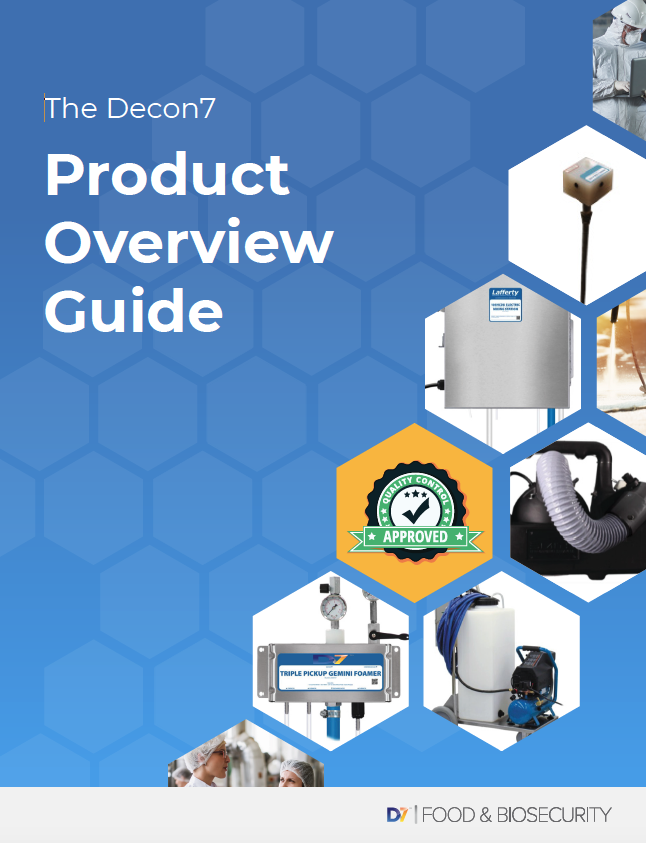-
- The pH of D7 is defined to be mildly alkaline (between pH of 8.5-10)
- Mildly alkaline detergents (pH 8.5-10) clean (decontaminate) better than neutral pH solutions because:
- Alkalinity helps keep soil particles suspended in the cleaning solution, this prevents “clumping” and re-deposition of soil onto the cleaned surface.
- Alkalinity converts insoluble fatty acids into their more soluble salts making them easier to wash away.
- Alkaline builders help remove calcium and magnesium (soften the water) which improves the performance of surfactants in the detergent.
- Corrosion of steel is at a minimum in mild alkaline solutions (pH 8.5-10) compared to neutral or mild acid solutions where corrosion can be more significant.
- It is a common misconception, and not supported by science, that neutral detergents are better for sensitive equipment/instruments and that mildly alkaline detergents are harmful.
- Decontaminants with a pH between 8 and 10.5 is required for some chemical warfare agents e.g. VX and HD. pH levels in this range increase both oxidation and hydrolysis. It is difficult and often unattainable for decontaminants outside this range to reduce these agents below IDLH or to undetectable levels.
- The corrosion rate of zinc vs. pH is shown below (it is less in mildly alkaline conditions than in neutral pH conditions). Zinc is a component in galvanized metal. Reference: galvanizeit.org

- Many consumer detergents have pH values between 7-10. Modern detergents have alkaline builders to raise the pH above neutral to improve detergency (as described above).
- Examples of consumer detergents with an alkaline pH (Tide [pH 10-11.5], Tide Cold Water [pH 10-11.4], Tide Free [pH 10-11.4]). Most other Tide products are in the pH range of 8.0-8.6.




